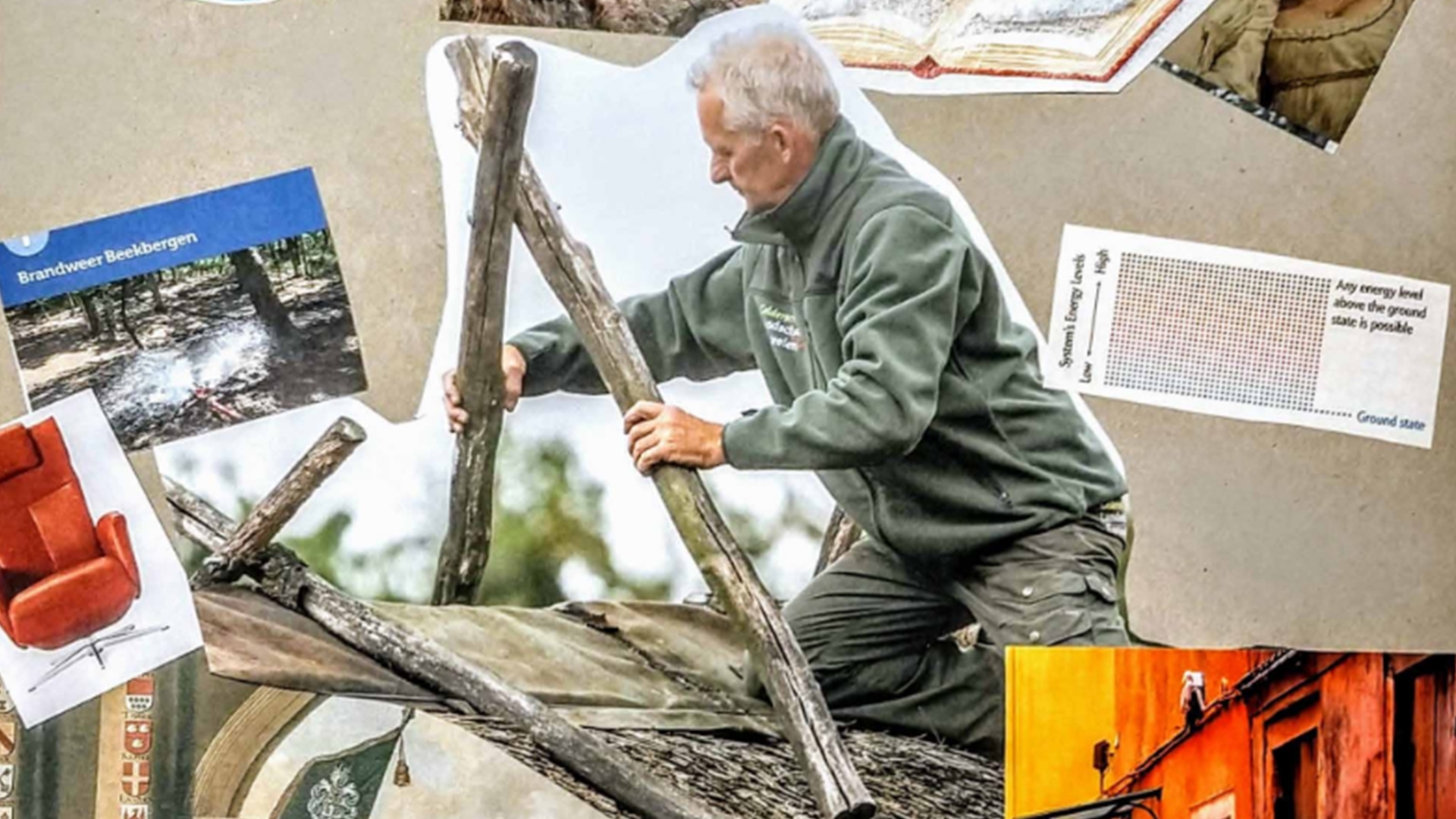‘Behavioural sciences key to energy savings and comfort at home’
Residential comfort tends to be associated with pleasant temperatures, but there’s much more to it than that. PhD researcher Marco Ortiz identified the living conditions we experience as pleasant and used this research to draw up psychological profiles that can be used to design comfortable, energy-efficient houses tailored to the users’ preferences.
His research is a response to the increasing attention being paid to domestic energy consumption. This energy consumption must be reduced, yet higher comfort often translates into higher energy consumption. How can you make sure that house occupants still experience a pleasant indoor climate? “Comfort requires more than just techniques for regulating temperature and air quality. People experience comfort and energy in totally different ways,” says Ortiz. “Feeling comfortable at home and being willing to do something to save energy is dependent on personal preferences.”
In order to identify these preferences, he set up an in-depth study. First of all, he approached 800 people with a questionnaire containing detailed questions. How important is it to you that you are in control of your environment? What emotions do you associate with the interior design of your house? And – a very important question – what do you need for you to feel comfortable at home?
Open window
The answers revealed a whole range of preferences. One person may feel 18ºC is more than enough and likes to have an open window, while another wants an indoor temperature of at least 23ºC and a well-insulated, hermetically sealed façade. Some people set the thermostat a couple of degrees lower to save money, others to save the environment. Some people want a tidy house with smooth, easy-to-clean surfaces. Others prefer things a little more messy with warm, soft furnishings. Small windows or bars give some people a feeling of security, while others feel imprisoned by these and long for large picture windows in their home.
From the results of the questionnaire, Ortiz was able to distil five ‘archetypes’ with a matching psychological profile. To explore these in more depth, he visited a number of respondents from each group to interview them at home. He questioned them about their experience of comfort and their behaviour at home, and looked at the design of the home. He then placed sensors in the house to take temperature, humidity and CO2 readings, and he compared the energy consumption of the various groups.
Finally, he brought a number of representatives from the different focus groups together during a weekend workshop. Here they used pictures from magazines, scissors and glue to create a collage that expressed their feeling of comfort, without using words. “In this way I wanted to bypass the filter of consciousness, to get through to their personality,” explains Ortiz. Afterwards, participants were invited to give a verbal explanation of their underlying logic.
Hipsters
What exactly can we learn from this psychological approach? Ortiz feels it can help us to find a strategy for persuading various types of people to save energy without compromising their sense of comfort. For example, ‘positive savers’ will be more inclined to make energy sacrifices if they can see how many trees this helps them to save – provided this doesn’t affect tidiness in the house. The archetype of the ‘vulnerable pessimist’ is keen to be part of a social network and loves technology. Ortiz: “This group includes the hipsters. When they are able to compare their energy consumption with that of their neighbours using smart technology, they want to use less energy than the others.”
Architects can use the five identified archetypes to design a home tailor-made to the user’s preferences. “They could use a questionnaire to find out in which category the future resident belongs. They could then use the results to design a home that achieves maximum willingness to save energy while delivering maximum comfort.”
As far as Ortiz is concerned, the preferences of the various archetypes concerning comfort should be incorporated into the rules in the Dutch Buildings Decree. He sees scope for a possible follow-up study in the office market. “Maybe we should group the same types of people together in different parts of an office building. This could prevent all the arguments about putting the heating on, switching the ventilations system off or opening the window, as well as saving energy.”
More information
- Dissertation 'Home occupant archetypes'


